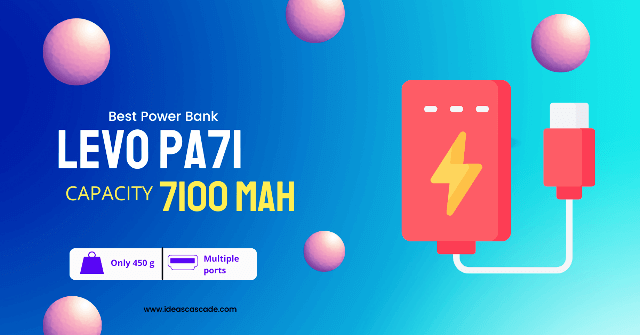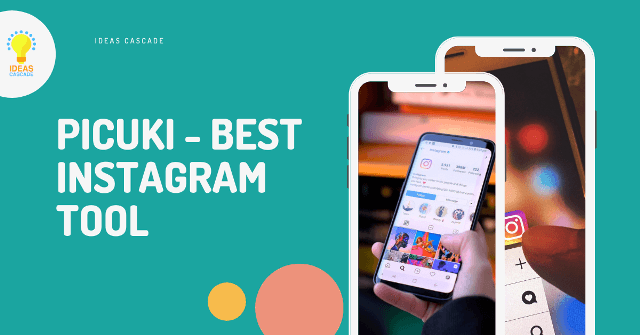A digital twin (DT) is created by digitally reproducing a physical item in the virtual environment, including its functionality, features, and behaviors. Digital twin technology is a revolutionary force in this technological era, providing new capabilities and insights to a wide range of businesses.
Table of Contents
- What are digital twin technologies?
- Types of Digital Twins
- What are the components of digital twin technologies?
- How does digital twin technology work?
- Which software is used in digital twin technologies?
- What is 3D digital twin technology?
- What are the benefits of digital twin technologies?
- What are the examples of digital twin technologies?
- Potential Applications of digital twin technologies
- Conclusion
- Frequently Asked Questions
According to a survey 75% of product development executives have made digitization a priority, and nearly 75% of advanced industry companies have embraced digital twins.
In this article we’ll talk about digital twin technology.
What are digital twin technologies?
A digital twin is a virtual representation of physical objects, mainly used for modeling and design purposes. It identifies inefficiencies, and design solutions to improve their physical counterpart. This technology can help an organization simulate real situations and their outcomes, ultimately allowing it to make better decisions.
In simple words, “A digital twin is a virtual model designed to accurately reflect a physical object”.
Types of Digital Twins
There are four main types of this technology.
- Component / Part Twins: Virtual recreations of single working parts and components frequently used to assemble twins of bigger, more complex machines and systems.
- Asset Twins: Asset twins are formed when modelers pair two or more than two components together to study how they interact or collaborate with each other.
- System / Unit Twins: The unification of multiple asset twins to reproduce a complex, working framework.
- Process Twins: The biggest type of digital twin , process twins pair two or more system twins together so modelers can concentrate on bottlenecks, synchronization, efficiency, and other potential challenges.
What are the components of digital twin technologies?
A digital twin system consists of hardware and software components with middleware, which is used to manage data between them.
- Hardware Components: The main technology driving DTs is the Internet of things (IoT) sensors that initiate the transfer of data among resources and their software representations. The hardware part also incorporates actuators, converting over digital signals into mechanical movements, network gadgets like switches, edge-server, and IoT gateways and so forth.
- Data Management Middleware: Its bare-bones element is a unified storehouse to collect information from various sources. Preferably, the middleware stage additionally deals with so many errands such as availability, data incorporation, data handling, data quality control, data visualization, data modeling and governance, and more. Examples of such solutions are common IoT platforms that often come with pre-built equipment for digital twinning.
- Software Components: The crucial component of digital twinning is the analytics engine that turns raw observations into valuable business insights. Generally speaking, it is controlled by AI models. Other high priority bits of a DT puzzle are dashboards for ongoing checking, plan devices for demonstrating, and recreation programming.
How does digital twin technology work?
A DT works by carefully duplicating an actual resource in the virtual environment, including its usefulness, highlights, and conduct. A constant virtual portrayal of the resource is made utilizing smart sensors that gather information from the item. You can utilize the portrayal across the lifecycle of a resource, from starting item testing to real world operating and decommissioning.
Which software is used in digital twin technologies?
Its innovations incorporate computer aided design instruments (e.g., AutoCAD), reenactment programming (e.g., ANSYS), and IoT stages (e.g., AWS IoT) to make 3D models, empower situation testing, and oversee constant information from associated gadgets, framing an exhaustive biological system for businesses like assembling, medical care, and smart cities.
What is 3D digital twin technology?
A 3D twin tech is a virtual portrayal continuously of what’s going on as a general rule. The information from sensors is put away in an information lake and AI processes it continuously to give early cautions each time it identifies an issue. A 3D programmatic experience is an advancement created by Limitless Foundry.
What are the benefits of digital twin technologies?
Here are few of the benefits of DT technology:
- Project coordination: It gives a typical wellspring of solid data where huge numbers of records, high-constancy models, and item resources from groups across disciplines can be shared and gotten to progressively to further develop joint effort, lesson plan mistakes and exclusions, and prevent expensive framework conflicts and development delays.
- Remote Management: It also makes a framework where you can monitor and control your office from a distance.
- Improved Decision Making: With the help of digital twin, different organizations can form more informed decisions which can improve the outcomes.
What are the examples of digital twin technologies?
Here are some examples of this innovative modeling of a process in a virtual environment.
Smart Manufacturing Example:
An illustration of smart manufacturing is the use of digital representations of a real factory to enhance manufacturing procedures. For instance, suppose you need to comprehend the effect of changing your support plan on your laser cutting industrial facility. You could change the timetable carefully and afterward decide whether it adversely affects creation.
Smart City Example:
A digital copy of a city could be made and used to enhance traffic. For instance, suppose you’re attempting to further develop the traffic design around another arena being fabricated midtown. Adjust traffic light timing , and the direction of one way streets.
Smart Building Example:
Building supervisors and proprietors can use computerized twin innovation to acquire better understanding into their property. A digital twin can serve to rapidly distinguish issues, upgrade space usage and energy productivity, further develop wellbeing, and recreate the effect of an almost perpetual rundown of situations.
For instance – what might occur on the off chance that a fire were to break out, might it at any point be contained? Are the entryways wide enough for departure? For sure on the off chance that the structures were to have an extraordinary occasion – how might the air conditioning handle 20% more tenants?
Potential Applications of digital twin technologies
Digital twin technologies have a wide range of applications in various industries. It can transform the way we design, operate, and optimize systems. Here are a few key applications.
Manufacturing and Industry:
This is used in smart factories, where it can create virtual replicas of manufacturing processes, and facilitate real time monitoring and optimization of production lines.
It also helps optimize supply chain processes by providing insights into inventory, logistics, and demand forecasting.
Healthcare:
Digital twins integrate medical records, genetic information, and real-time monitoring data. This helps the healthcare professional to create personalized treatment plans, stimulate the impact of different interventions , and enhance patients outcomes. It also the healthcare practitioners to practice surgeries and procedures in a virtual environment before performing on patients.
Energy and Utilities:
DT of power grids enables utilities to monitor and optimize energy distribution. It also helps optimize the performance of renewable energy sources like winds and solar forms. It predicts energy production, manages variability, and increases efficiency.
Conclusion
In summary, digital twin technology makes it possible to virtually reflect real-world systems and objects. It provides a number of advantages, including increased productivity, preventative maintenance, and insights derived from data.
In addition to using human theories and expertise to build virtual models, DT can also investigate and forecast the unknown world by utilizing virtual model simulation technologies.
Frequently Asked Questions
How does a digital twin differ from simulation?
The virtual model is continuously updated by using real-time data in digital twins. Simulations may not incorporate real-time updates because they use predefined data sets.
Can Digital twin be applied to small businesses?
Yes, we can apply digital twin technology to small businesses to enhance its efficiency , monitor equipment and make evidence based decisions.
What is the future of digital twin technology?
The future holds exciting possibilities. From developing AI integration to increase virtual reality interfaces, digital twins will continue to evolve and redefine how we interact with the physical words.



